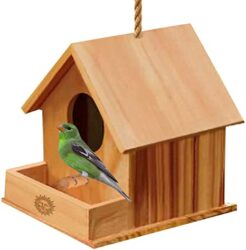Winter weather can be tough on trees, and it can cause a range of problems that can affect the health and safety of the tree. Here are the top 10 ways that winter weather can cause problems for trees:
- Frost cracks: Frost cracks occur when the tree’s bark expands and contracts rapidly due to freezing temperatures. These cracks can weaken the tree and create entry points for pests and diseases.
- Winter burn: Winter burn is a condition that occurs when the tree loses more moisture through its leaves than it can replace from the frozen ground. This can lead to desiccation and damage to the tree.
- Ice damage: Ice storms can cause significant damage to trees, including broken branches, damaged limbs, and even complete uprooting.
- Heavy snow loads: Heavy snow loads can put stress on branches and limbs, causing them to break or bend under the weight.
- Salt damage: Salt used to de-ice roads and sidewalks can be harmful to trees, as it can leach into the soil, leading to root damage and stress.
- Insect infestations: Insects that feed on trees, such as bark beetles, can be more active during the winter months, causing damage to weakened trees.
- Rodent damage: Rodents, such as mice and squirrels, can cause damage to tree bark and branches by chewing and gnawing, especially during winter when other food sources are scarce.
- Winter drought: Trees can suffer from winter drought when they lose water through their leaves due to high winds, low humidity, and warm temperatures, without the ability to replace it from the frozen ground.
- Soil heaving: Soil heaving occurs when freezing and thawing cycles cause soil to expand and contract, which can lead to root damage and destabilization of the tree.
- Frost damage: Frost damage occurs when the tree’s tissues are exposed to freezing temperatures, causing cellular damage and weakening the tree’s overall health.
To prevent winter weather-related problems for trees, it’s essential to consult with a professional tree service for proper tree care, including winter watering and fertilization, pruning, and maintenance to reduce the risk of damage from snow, ice, and wind.


